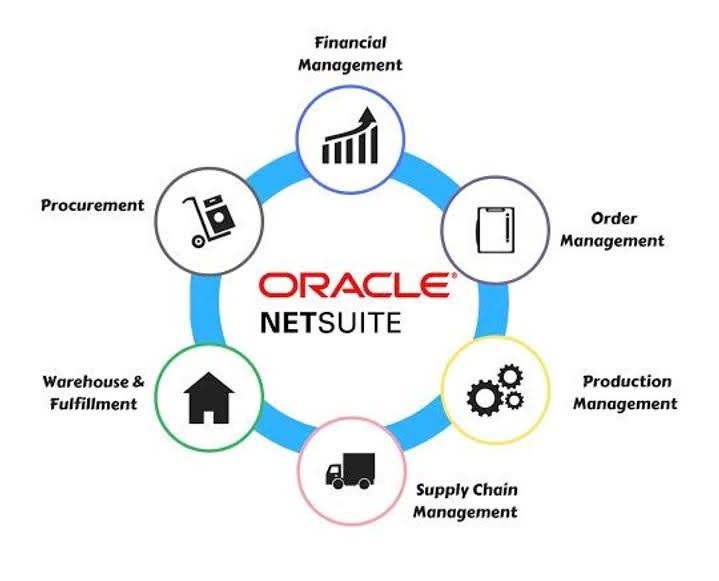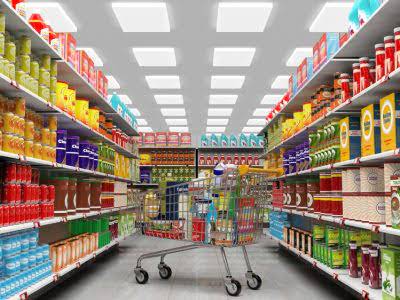
The ISM views readings above 49 over time as generally indicating an expansion of the overall economy. The person creating the production cost calculation, therefore, has to decide whether these costs are already accounted for or if they must be a part of the overall calculation of production costs. Product costs are treated as inventory (an asset) on the balance sheet and do not appear on the income statement as costs of goods sold until the product is sold. If you want the advantage of knowing, tracking and understanding your costs, then check out the SMe Software website.
How to Calculate the Cost of Sales
Direct labor manufacturing costs is determined by calculating the cost of employees directly responsible for producing the product. For example, a clothing manufacturer considers employees that dye the cloth, cut the cloth and sew the cloth into a garment as direct labor costs. However, designers and sales personnel are considered nonmanufacturing labor costs. Manufacturing costs refer to those that are spent to transform materials into finished goods. Product costs are costs that are incurred to create a product that is intended for sale to customers.
Part of cost of goods sold
Since they are not allocated to goods produced, these costs never appear in the cost of inventory on a firm’s balance sheet. Other examples of period costs include marketing expenses, rent (not directly tied to a production facility), office depreciation, and indirect labor. Overhead or sales, general, and administrative (SG&A) costs are considered period costs. SG&A includes costs of the corporate office, selling, marketing, and the overall administration of company business.

Manufacturing Overhead
As the rate of production increases, the company’s revenue increases while its fixed costs remain steady. Therefore, the per-item cost of manufacturing falls and the business becomes more profitable. Mixed costs, which contain both fixed and variable components, add another layer of complexity. For example, a utility bill may have a fixed base charge plus a variable cost based on usage. By dissecting these mixed costs, businesses can better understand their cost structure and identify opportunities for cost savings.
These costs are represented during a period of time and are not calculated into the cost of good sold. Nonmanufacturing costs consist of selling expenses, including marketing and commission expenses and sales salaries and administration expenses, such as office salaries, depreciation and supplies. The purpose of addressing these costs differently as part of a total manufacturing cost formula is based on the fact that they are accounted for differently when structuring the income statement and balance sheet.

Inventory is a very significant current asset for retailers, distributors, and manufacturers. Inventory serves as a buffer between 1) a company’s sales of goods, and 2) its purchases or production of goods. Table 1.2 provides several examples of manufacturing costs at Custom Furniture Company by category. Direct labor – cost of labor expended directly upon the materials to transform them into finished goods. Direct labor refers to salaries and wages of employees who work to convert the raw materials to finished goods. Direct materials – cost of items that form an integral part of the finished product.
AccountingTools
- The sales price of each table varies significantly, from $1,000 to more than $30,000.
- As mentioned above, nonmanufacturing costs cannot be included in inventory or the cost of goods sold; rather, nonmanufacturing costs are reported as SG&A expenses and Interest Expense in the accounting period in which they occur.
- This comprehensive cost understanding is crucial for maintaining competitiveness and profitability in the market.
- Both of these figures are used to evaluate the total expenses of operating a manufacturing business.
- Understanding cost behavior is fundamental for businesses aiming to optimize their financial performance.
- In this example, the total production costs are $900 per month in fixed expenses plus $10 in variable expenses for each widget produced.
Selling expenses include costs related to marketing, advertising, and distribution. For instance, a company might invest in digital marketing campaigns or hire sales personnel to boost product visibility and drive sales. These expenditures, while not part of the manufacturing process, are essential for generating revenue. These costs include the sales, administrative, and loan interest costs incurred by a business. Knowing both the manufacturing costs and nonmanufacturing costs allows an owner to accurately price a product to make a profit.
Period Costs vs. Product Costs: An Overview
- Traditional methods, such as the direct allocation method, are also employed, where costs are directly assigned to departments or cost centers based on predefined criteria.
- For example, the property tax on a factory building is part of manufacturing overhead.
- It encompasses the costs that must be incurred so as to produce marketable inventory.
- The type of labor involved will determine whether it is accounted for as a period cost or a product cost.
- It lets you post critical data to a real time dashboard so it can be continually and easily reviewed by managers, accountants, and owners.
For example, a small business that manufactures widgets may have fixed monthly costs of $800 for its building and $100 for equipment maintenance. These expenses stay the same regardless of the level of production, so per-item costs are reduced if the business makes more widgets. Manufacturing businesses calculate their overall expenses in terms of the cost of production per item.
The second highest cost on the income statement—selling and general and administrative expenses—totaled $22,800,000,000. These expenses are period costs, meaning they must be expensed in the period in which they are incurred. For a retailer, the product costs would include the supplies purchased from a supplier and any other costs involved in bringing their goods to market. In short, any costs incurred in the process of acquiring or manufacturing a product are considered product costs.
This method provides a more granular view of where resources are being consumed, allowing for more precise cost management. Manufacturing costs initially form part of product inventory and are expensed out as cost of goods sold only when the inventory is sold out. Non-manufacturing costs, on the other hand, never get included in inventory rather are expensed out immediately as incurred. This is why the manufacturing costs are often termed as product costs and non-manufacturing costs are often termed as period costs. nonmanufacturing costs are necessary to carry on general business operations but are not part of the physical manufacturing process.
Leave a Reply